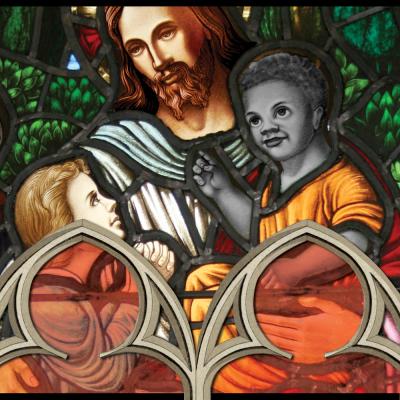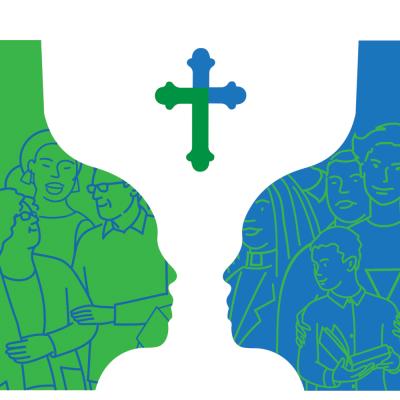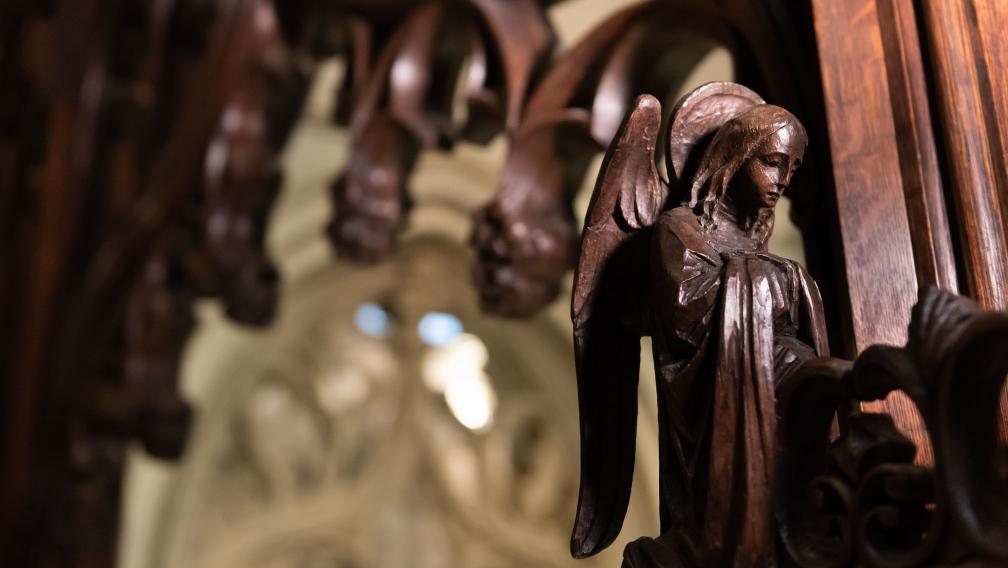1 SAMUEL 2:4–9
The bows of the mighty are broken, but the feeble gird on strength.
Those who were full have hired themselves out for bread, but those who were hungry are fat with spoil. The barren has borne seven, but she who has many children is forlorn.
The Lord kills and brings to life; he brings down to Sheol and raises up.
The Lord makes poor and makes rich; he brings low, he also exalts.
He raises up the poor from the dust; he lifts the needy from the ash heap, to make them sit with princes and inherit a seat of honor. For the pillars of the earth are the Lord’s, and on them he has set the world.
“He will guard the feet of his faithful ones, but the wicked shall be cut off in darkness; for not by might does one prevail.”
This Sunday we lead off with Hannah’s story in 1 Samuel 1:4–20, when we hear of her desperate longing to have a child and the abuse she endured by both the men and women in her life when she was unable to conceive. We then move on to 1 Samuel 2:1–10, part two, after she is delivered of her suffering by delivering a healthy baby boy, Samuel — who was beloved and also critical to her survival, status, and identity. Her song joyfully praises God’s enduring presence. Through Hannah’s story, and the Psalms, and the letter to the Hebrews, we run the cycle of longing, despair, deliverance, and thanksgiving. Though some of the places in these texts might allude to a God of crime and punishment, virtue and reward, and a human response of schadenfreude, we find ourselves at the end of the Gospel once again with Jesus’ reassurance of the long view: we are capable of transforming pain and injustice in the birthing of new life. —Kathryn Carroll
THEOLOGY
We near the end of a liturgical year and the advent of a new one. This is the cycle of the church. The stories of our faith often reflect the life cycles of the human soul, and of humanity’s history, both of which are sometimes best recognized in retrospect, as Mark’s Gospel was likely written. This lectionary commentary from SALT reflects upon the year we have spent with the Gospel of Mark
SOCIAL JUSTICE
“Deliverance” from injustice and “delivering” a baby were perhaps unintentionally mashed up in many told and untold stories of women like Hannah throughout the Bible, but Jesus’ foretelling of the crumbling temple, both literal and metaphorical in the Gospel, is a fairly clear prophecy and referendum of what we may suffer and how we will be delivered from a house divided, built on foundational stones that can no longer support its high walls. Brian McLaren has drawn substantial scorn from hegemonic leaders for his writings on Jesus’ allusions to a necessary deconstruction of all of the places that have been constructed to keep people and God’s love out
VISUAL ART
The viewer of this portrait, Hannah at Prayer, might wonder if the content of her prayer is lament or joy.
MUSIC
The hope for the deliverance of the oppressed in Hannah’s song foreshadows Mary’s Magnificat in Advent, upcoming, and heard in the song Glory by Legend and Common.
POETRY
Destroying that which destroys can be a creative act of hope, a birthing of new life, as we can hear in Denise Levertov’s poem Goodbye to Tolerance.
Discovery: The Ministry of Hospitality at Trinity and in our Neighborhood
The Ministry of Hospitality at Trinity and in our Neighborhood, the new Discovery series, continues this Sunday, November 14, at 10am as New Testament scholar, Dr. Deirdre Good, discusses the “hospitality of the table.”

Communion and Community
Communion and Community is back this Sunday, November 14, from 1–3pm. Parishioners are invited to this spiritual exercise in personal and community formation as Father Phil joins Krista Tippett in conversation.

Contemplative Practice with Poetry
Join for a practice of guided meditation and contemplative reflection with poets and artists, for mutual spiritual support and growth, led by spiritual directors John Deuel and Dr. Kathy Bozzuti-Jones.

